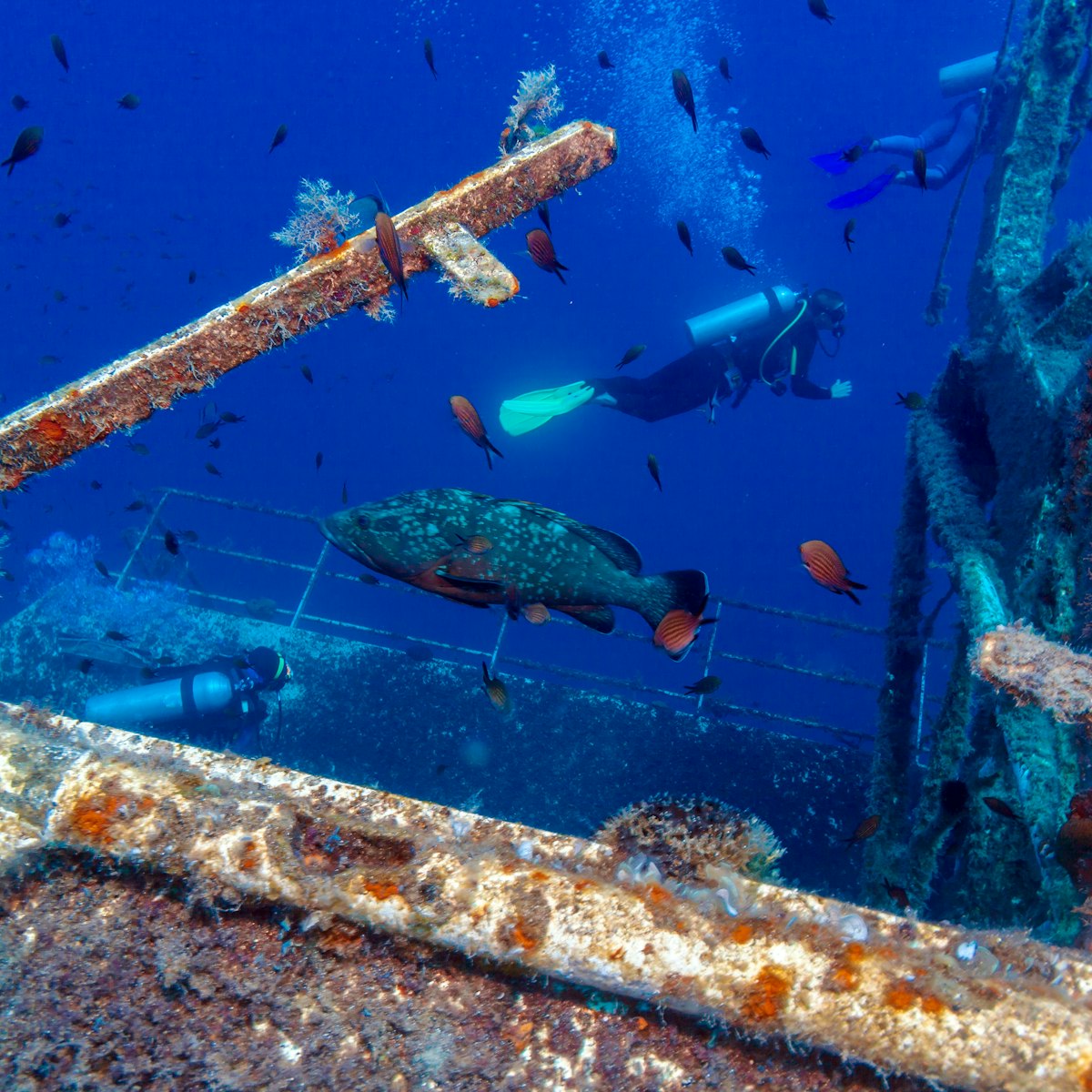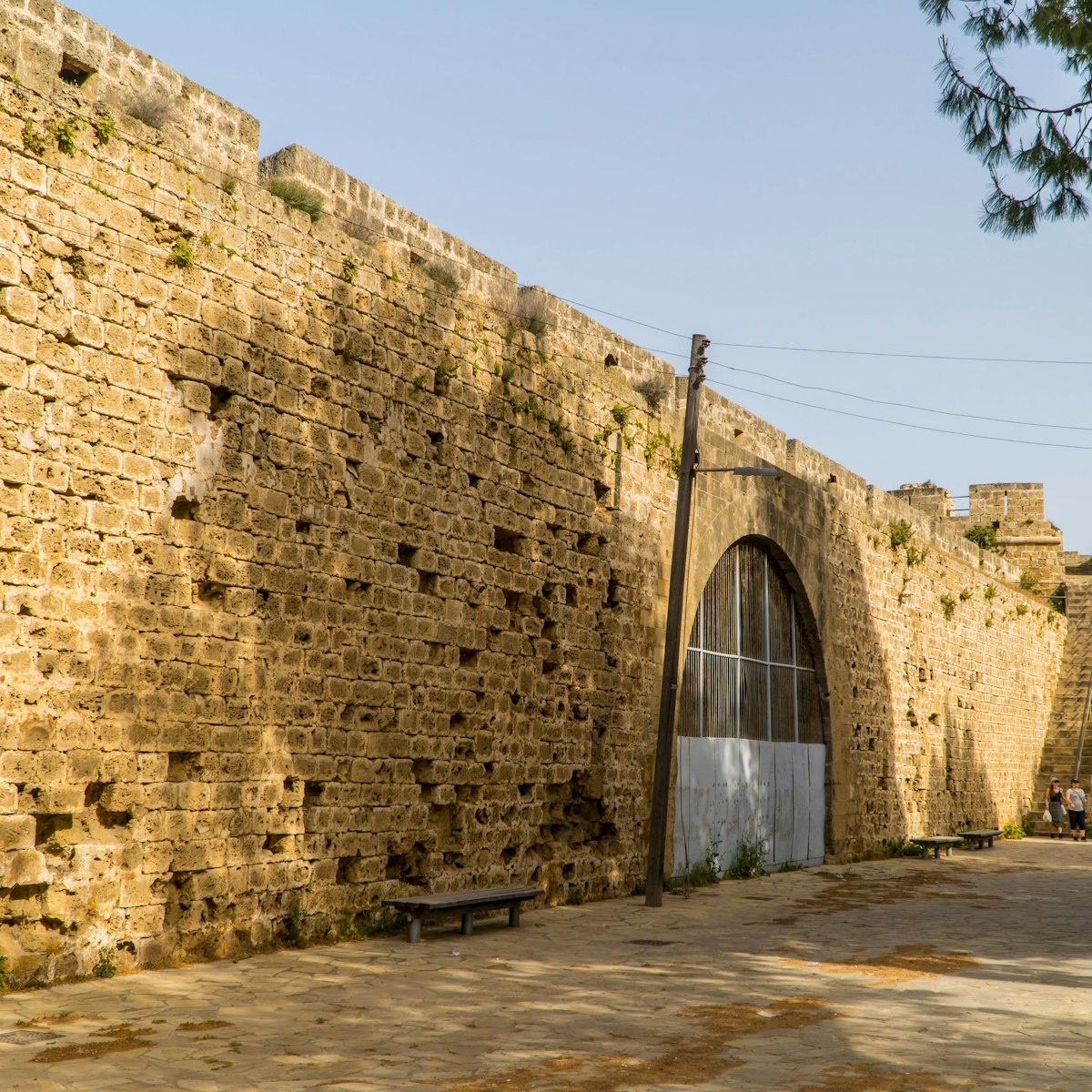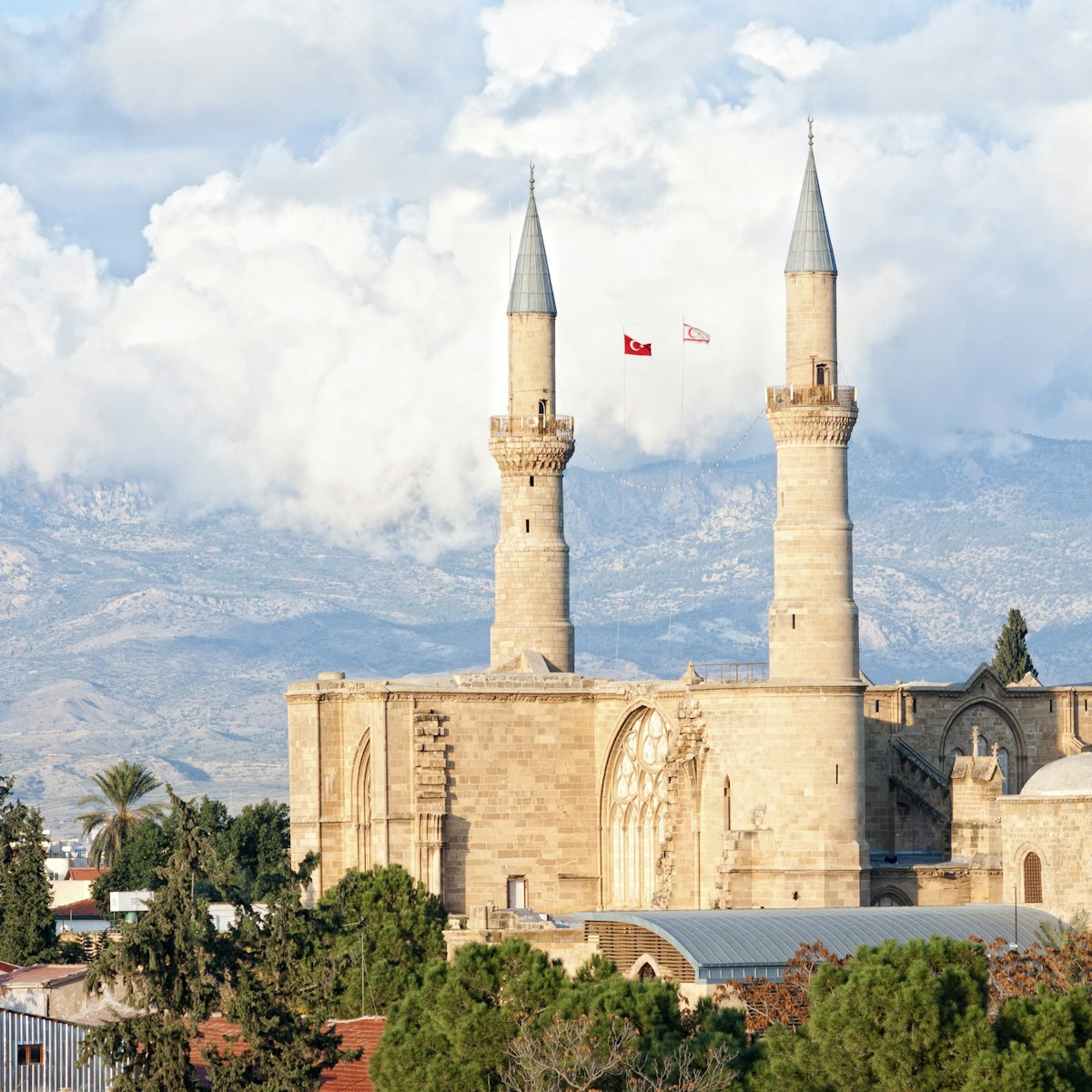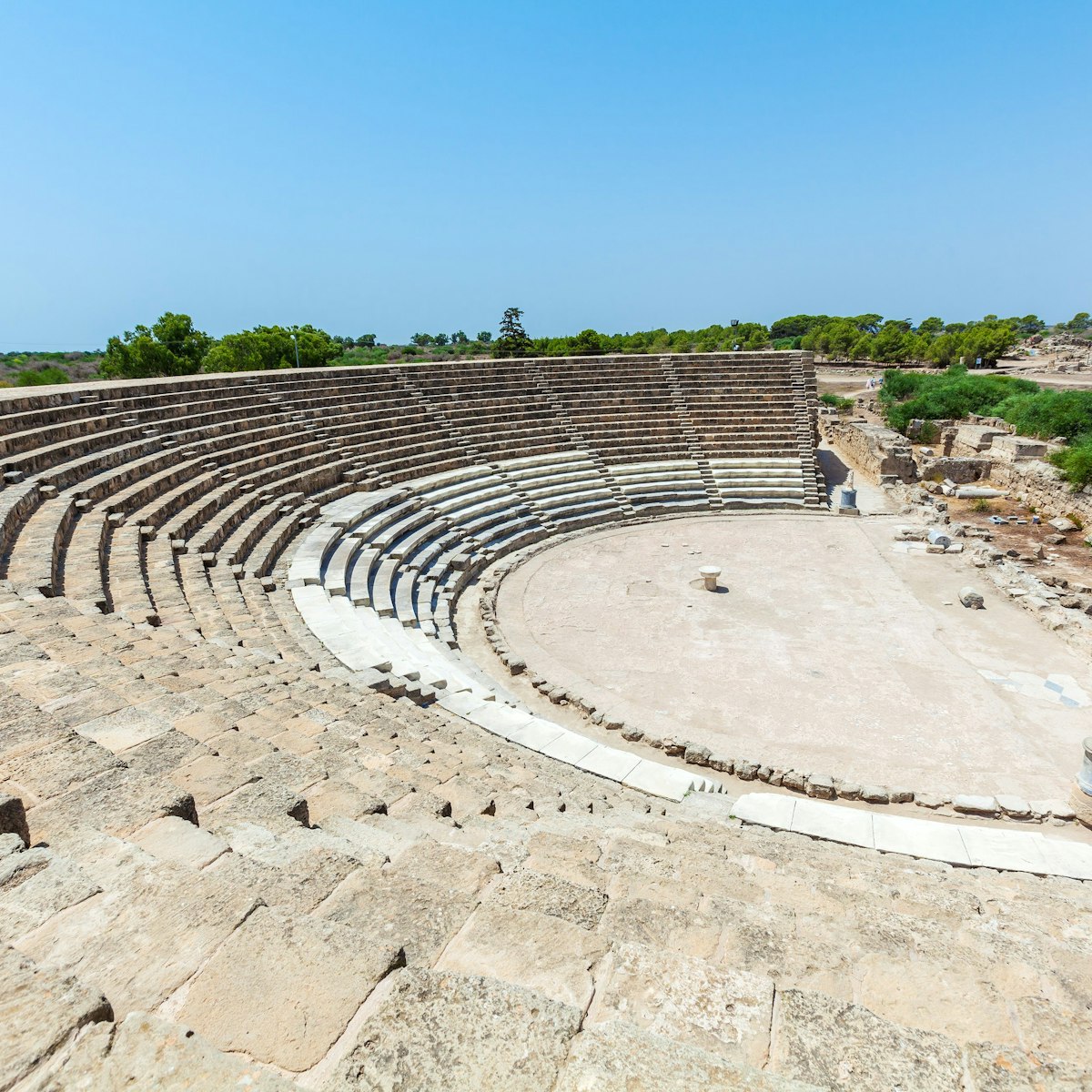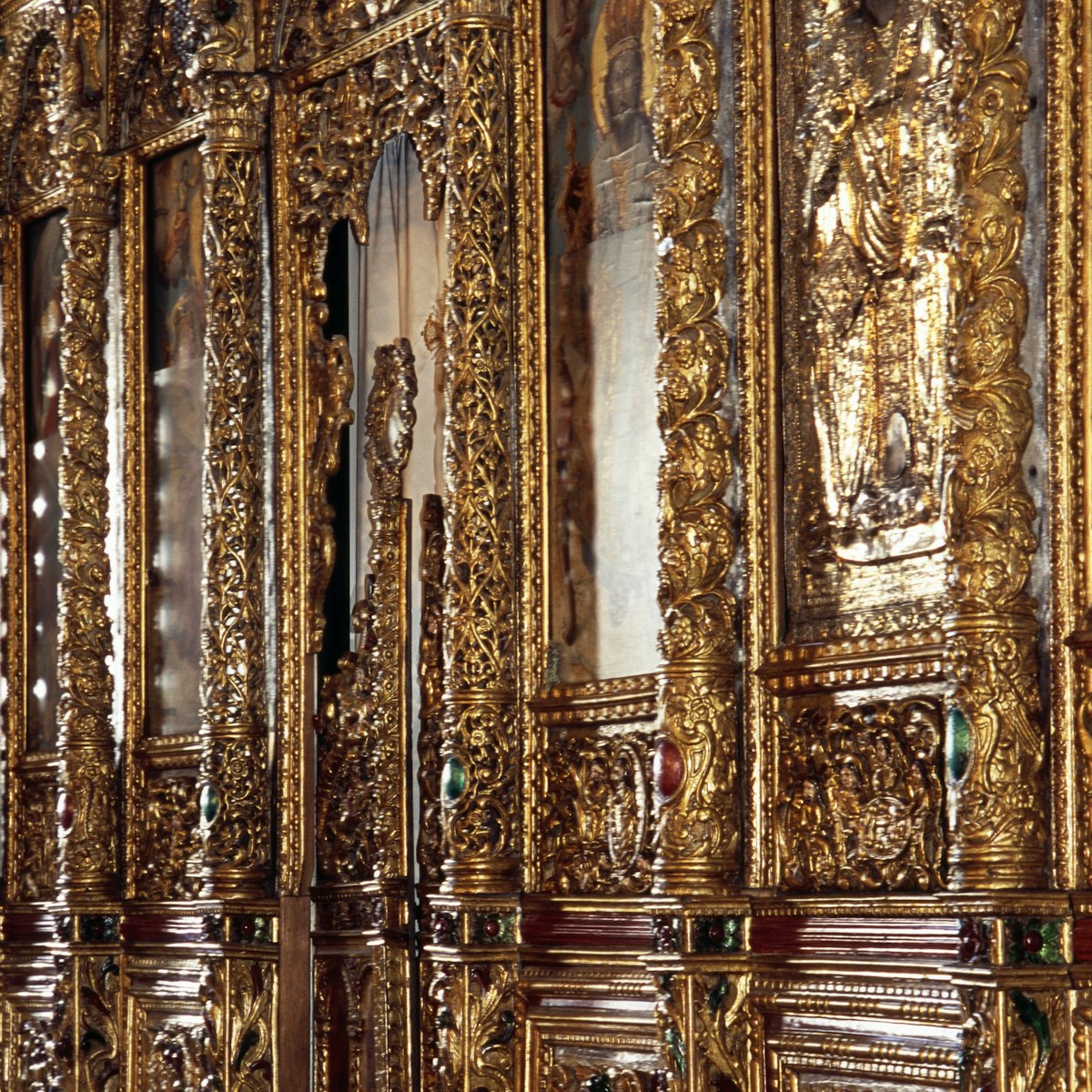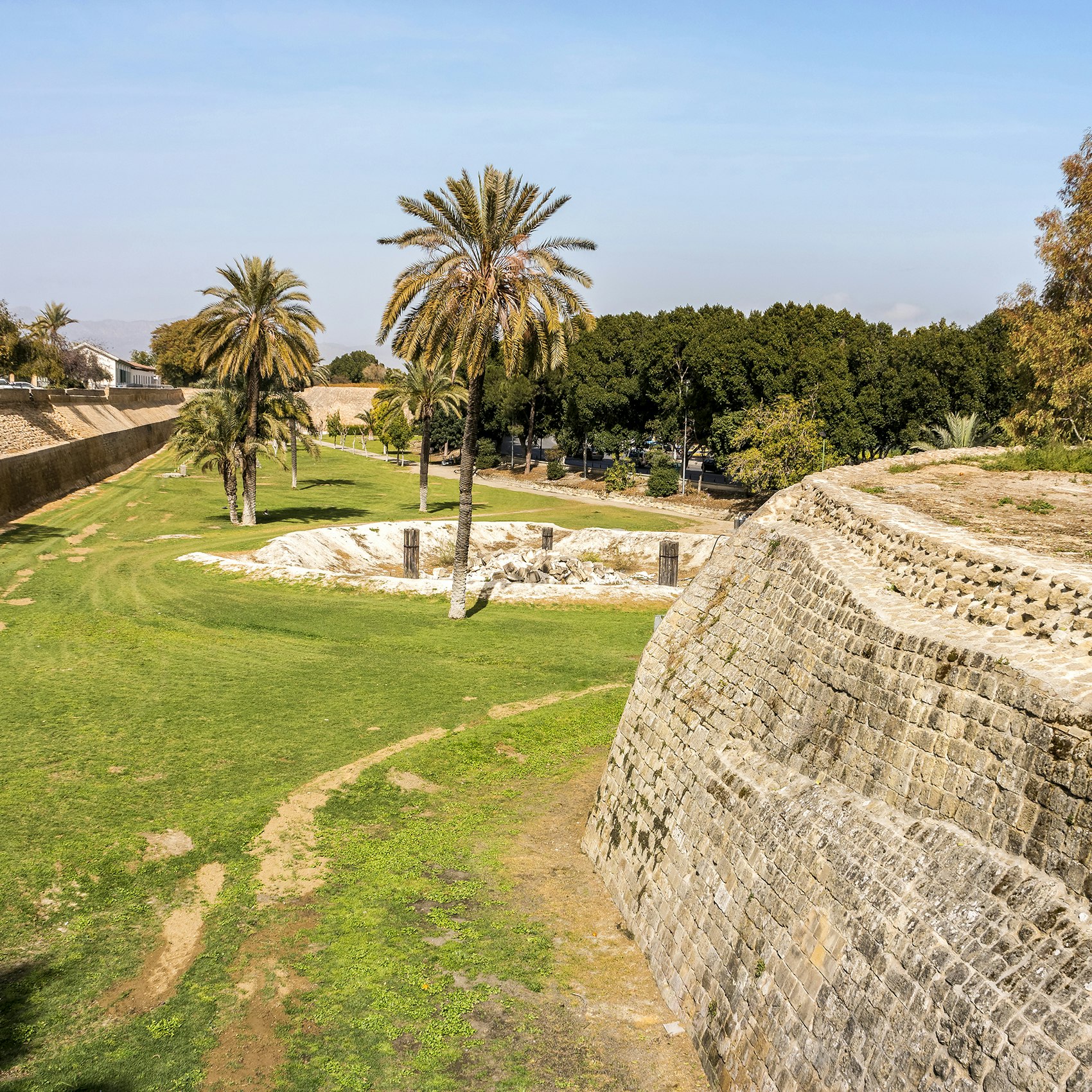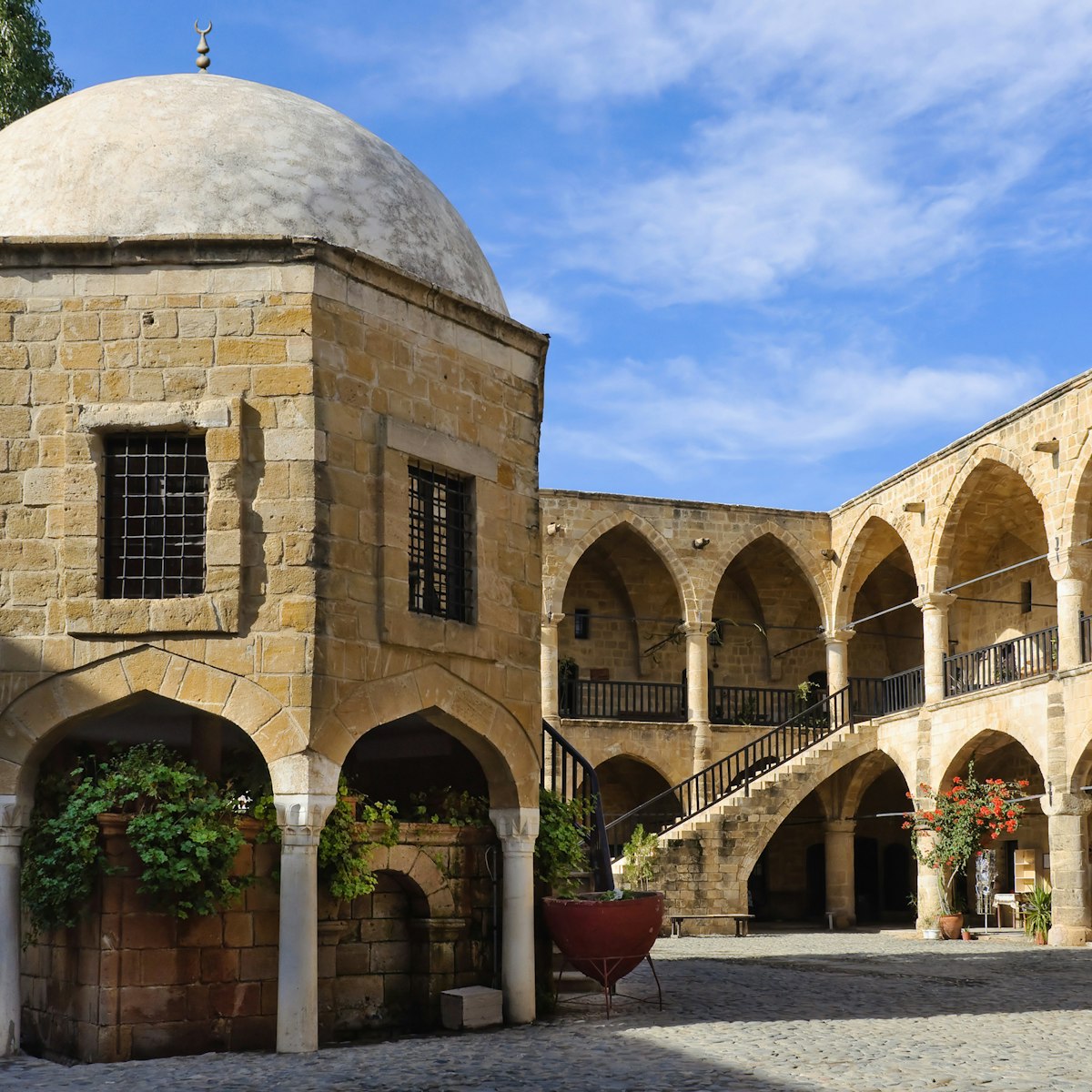Settlement at Enkomi dates back as far as 1800 BC. The city rose to prominence when it became a large copper-producing centre during the late Bronze Age (1650–1050 BC). What remains of the present site dates from around 1200 BC, when the rectangular grid layout was established and its fine public buildings were erected.
The widespread site is 2km west from the Church of Apostolos Varnavas, along the same road.
Enkomi was known for its high standard of living and its wealthy merchants who conducted trade as agents of the Mycenaeans. Akkadian cuneiform slabs found in Tel el-Amarna, Egypt, contain promises of copper to the pharaoh from the king of Alasia, in return for silver and luxury items. It’s still unclear whether the name Alasia referred to Cyprus as a whole or just Enkomi itself.
A fire and at least two earthquakes led to Enkomi’s decline, and then its inland harbour silted up. Some speculate that its last residents headed to the coast and founded Salamis. Much of the site has been looted, but many of its tombs were said to have held gold, ivory and exquisite Mycenaean pottery.
Southern Site
The southern end of the site (nearest the ticket office) is where excavations in the early 20th century unearthed some of Enkomi’s most important finds.
From south to north you see the House of Bronzes, where bronze accoutrements were unearthed in 1934, the House of Pillar, a public building, the Sanctuary of the Horned God, where a 60cm-tall bronze statue (now in the Cyprus Museum) was found, and Tomb 18, where most of the site’s treasure was recovered.
Cenotaph Mound
The cenotaph mound, built on a rocky outpost, escaped most of the looting the rest of Enkomi suffered, with its funeral pyre concealing much of its contents from tomb robbers. Limestone statues, amphorae from Rhodes, an archaic bronze shield and clay effigies have all been recovered from here.
Archaeologists now contend that this probable tomb may have belonged to Nicocreon and that the plain between Enkomi and Salamis was once a significant connection between the two cities.
